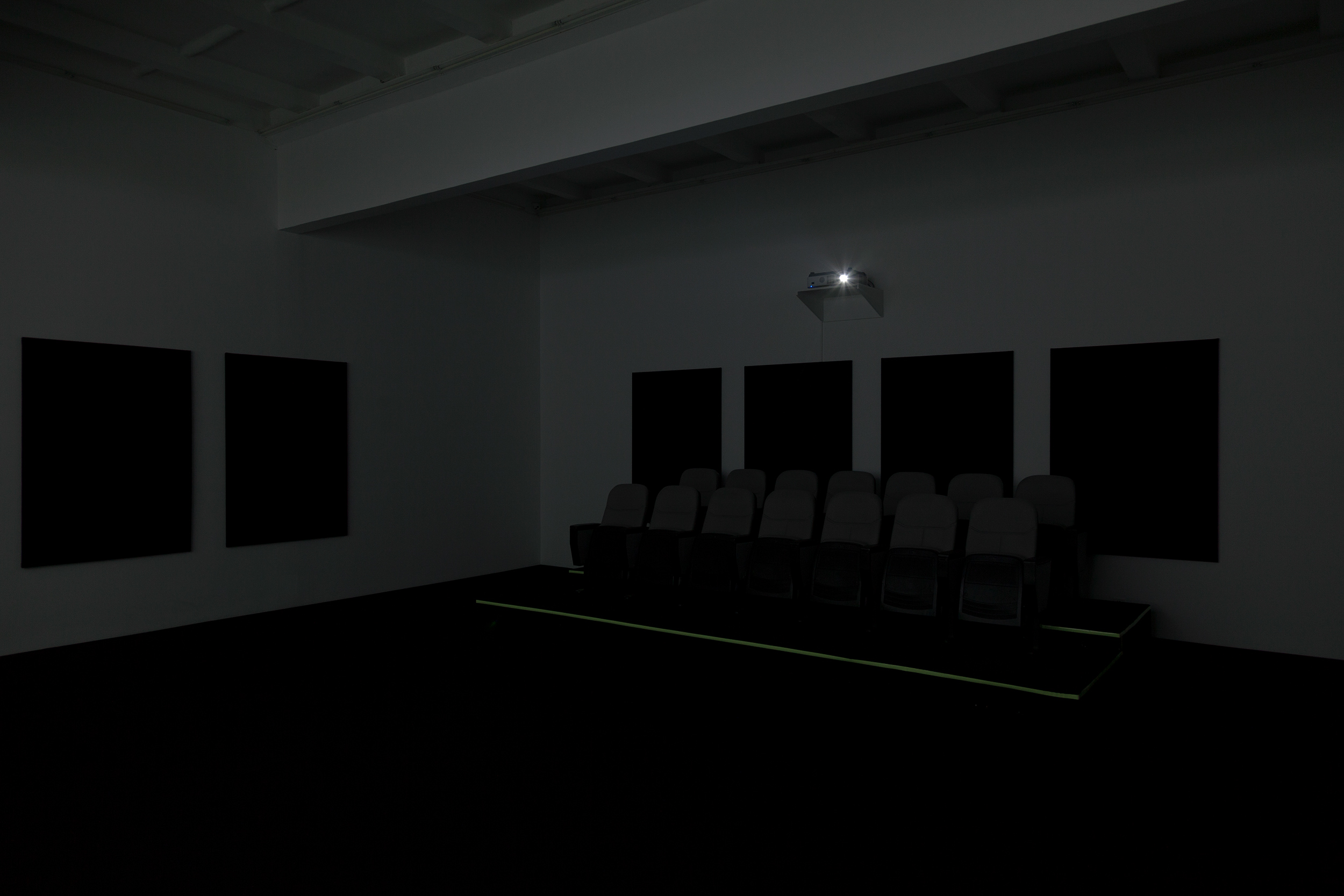Wang Bing: Experience and Poverty
This post is also available in:
 简体中文 (Chinese (Simplified))
简体中文 (Chinese (Simplified))  English
English
Curator: Yang Beichen
It was nearly a century ago that Bertolt Brecht loudly proclaimed ‘Remove Every Trace!’ It was a classic modernist political call to arms, marking an aspiration to locate a rupture and displace a particular moment, a time when the tide of history recedes to lay bare ‘poverty’ in order to enable the production of something ‘new’ to begin once more. Yet similar to Wang Bing’s video work Traces (2014) (in Chinese the character is closer to ‘relic’) these traces have to be retrieved little by little. The lens gathers things, recording as it moves between the course grains of the camera film and the sound of the machinery. It is as if the artist enters into the scene of a long forgotten place, searching like a detective in an inhospitable terrain. Abruptly something might capture his attention like a bottle of alcohol or there might be a close-up of either a stone or a bone. History has inevitably persevered amongst these objects, finding within them a silhouette or thread connecting them back to the past – the specter of history simply cannot help but initiate an oppositional stance to this poverty as it becomes concrete.
Wang Bing persistently chooses to work within a state of poverty and he continually looks to direct his camera lens towards a nameless person or place. Even so, there develops a possibility to enable these things to once more obtain a name again – from a mere possibility, he more importantly looks to aid these ‘nameless’ entities to preserve the unique state of their experiences. Wang Bing possesses perhaps one of the most unique perceptive abilities: sharp, resilient, focused to the point he could be considered stern – it means that as he continually handles the experiences and problems of others, he remains resolute and unwavering in the face of their adversities. In 15 hours (2017), we experience the presence of an artist in an extreme situation: for an exceptionally long duration, Wang Bing’s camera practically matches the incessant motion of bodies working or the sewing machines operating onscreen. They together bear the extreme monotony of work and laborious repetition of their movements to a degree that eventually the camera ceases to function as a device determining what is captured within the images – it refrains from pushing further any analytical perspective beyond what is experienced since the very beginning. It even refuses ‘observation’ – broaching a topic that returns towards a question of photography in the sense of a non-producer who negates the montage-producing machine. Similar to the machine before Workers Leaving the Lumiere Factory in Lyon, where like a transporter he delivers to us an obscure moment in time.
Mrs Fang (2017) also embodies another kind of figure with ‘no name’: we are able to view how her life becomes deprived of language, or it could be said, that as she partakes in the utterances of the world it begins to lose its vitality. She seemingly transforms into an ‘actor’ as a counterpart to ‘He Fengming’ – even with the silence of her language, nonetheless the light that occupies a place in the film demonstrates the passage of a life with such accuracy that it becomes exceedingly hard for the audience to confront the death of someone living. Georges Didi-Huberman once described Wang Bing way of filming things as a ‘Monad’ in the sense that he is able to crystallise all the tensions within a historical configuration’. Mrs Fang is also a monad in the sense that it is an assembly of all the experiences that arise during the natural process of a life in decline, or perhaps we can regard this as a means to preserve her everyday life experiences in the name of death. In actuality, Mrs Fang and 15 Hours were made very close to one another – we could almost imagine an intersection or overlap happening between the relatives visiting Mrs Fang and the workers from the garment factory – they are companions proceeding onwards outside the lens in a life of poverty. Moreover, in many ways this exhibition can be regarded as Wang Bing’s unflinching portrayal of all the poverty and experience of the times we are in.
News
Wang Bing's works at Tate Modern Weekend Film Series
News
Wang Bing solo exhibition at Museo Reina Sofía, Spain
News









